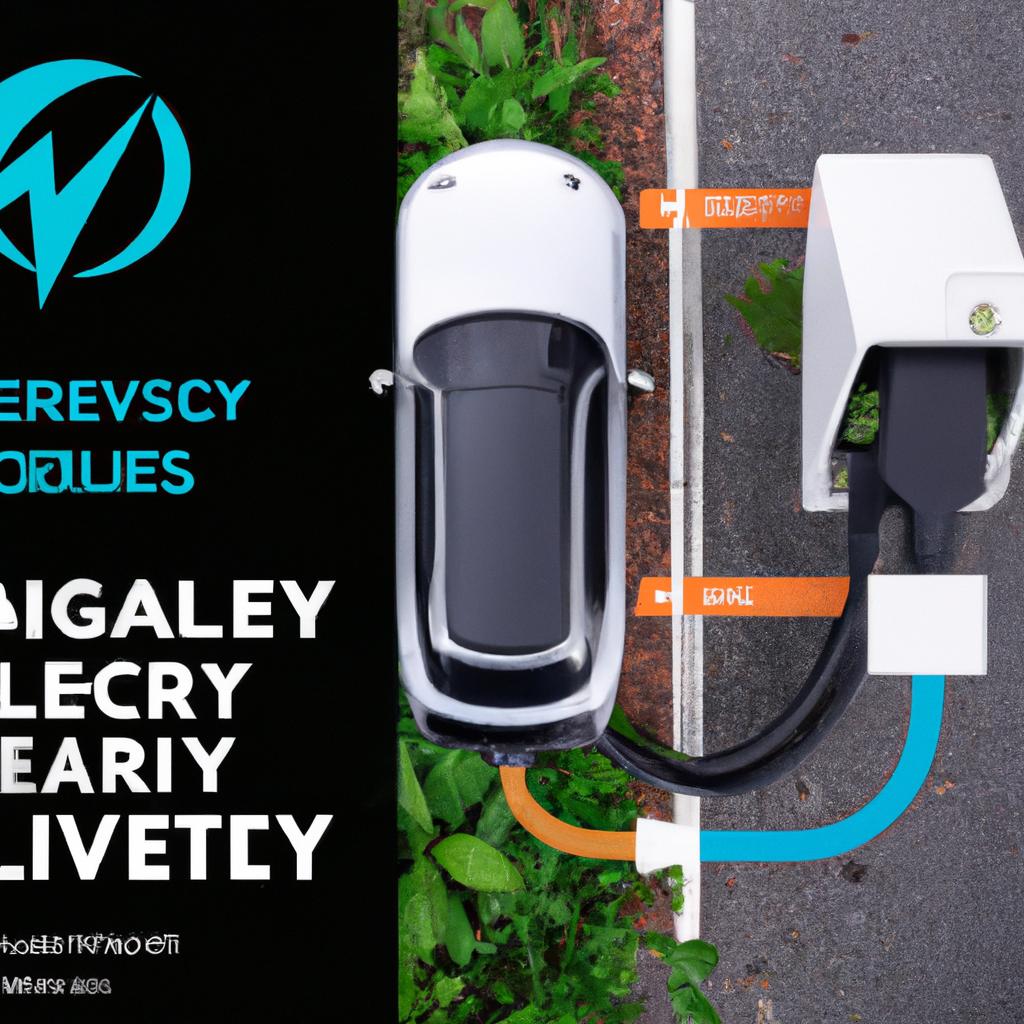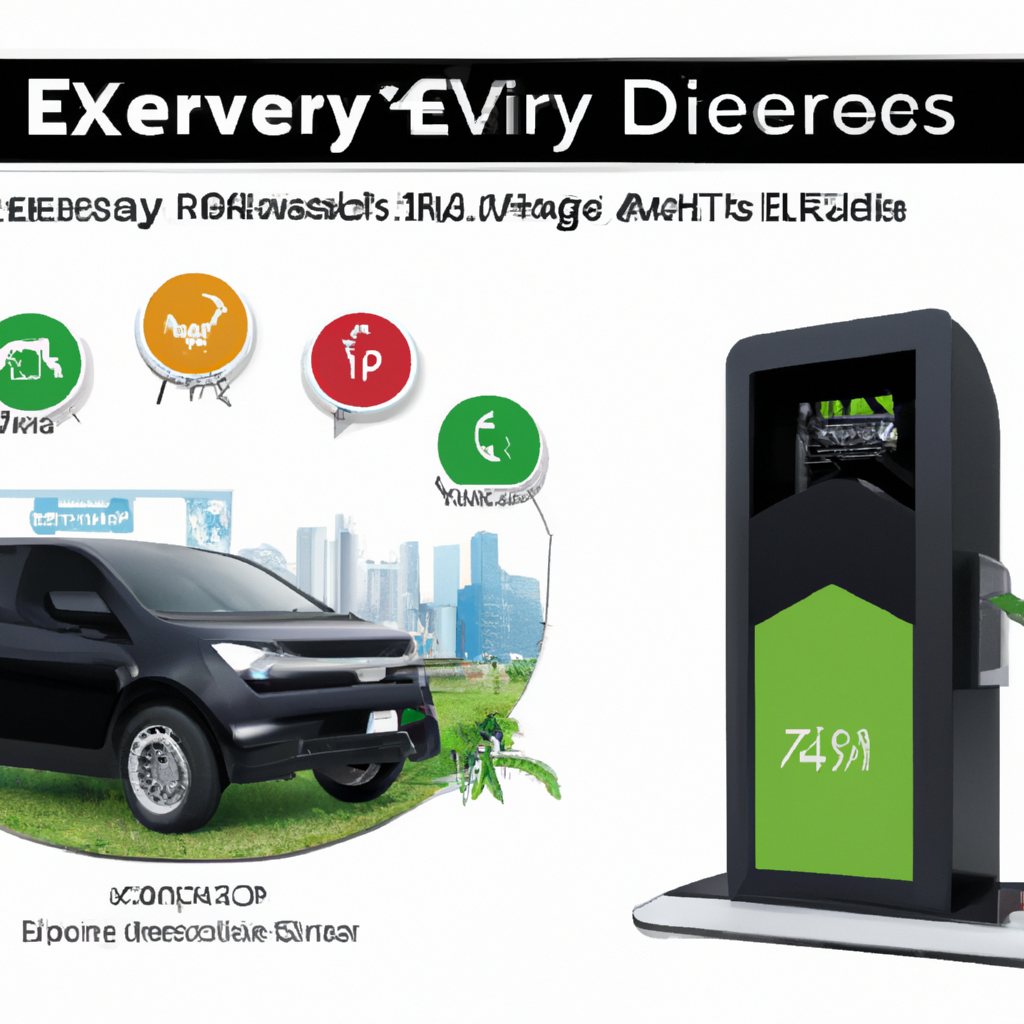How Does EV Charging Infrastructure Vary Between Urban And Rural Areas In Malaysia?
October 24, 2023 | by Jacob Kang

Curious about the differences in EV charging infrastructure between urban and rural areas in Malaysia? Get ready to dive into the fascinating world of electric vehicle charging, as we explore the unique challenges and opportunities that arise in these two distinct settings. Whether you’re a city dweller or prefer the tranquility of the countryside, understanding the nuances of EV charging infrastructure will provide valuable insights into Malaysia’s growing green transportation landscape. From the convenience of urban charging stations to the innovative solutions found in rural areas, this article will uncover how Malaysia is adapting to the future of electric mobility. So buckle up and join us on this enlightening journey!
Charging Infrastructure in Urban Areas

Introduction
When it comes to electric vehicle (EV) charging infrastructure, urban areas generally have a more developed and accessible network compared to their rural counterparts. This is primarily due to the higher population density in cities and the higher demand for electric vehicles. In this article, we will explore the current state of charging infrastructure in urban areas, the types of charging stations available, the charging speed, the charging station network, payment and access options, government initiatives, challenges faced, and future developments.
Charging Station Availability
Urban areas, with their bustling streets and extensive road networks, tend to have a higher number of charging stations compared to rural areas. This is mainly because the demand for EVs is higher in cities, leading to more investments in charging infrastructure. In urban areas, you can expect to find charging stations at various locations such as parking lots, shopping malls, and residential areas. The availability and accessibility of charging stations make it convenient for EV owners to charge their vehicles while going about their daily routines.

Types of Charging Stations
Urban areas offer a wide variety of charging stations to cater to the different needs of EV owners. Fast charging stations, also known as DC fast chargers, are commonly found in urban areas. These stations can charge an EV battery to 80% or more within 30 minutes, making them ideal for quick top-ups during short stops. Slow charging stations, or AC chargers, are also available in urban areas. These stations take longer to charge a vehicle but are often used for overnight charging at residential homes or long-term parking areas. Home charging solutions, such as wall-mounted chargers, are becoming increasingly popular in urban areas, allowing EV owners to conveniently charge their vehicles at home.
Charging Speed
In urban areas where fast charging stations are prevalent, EV owners can enjoy the benefits of quick charging speeds. Fast charging opportunities allow for shorter charging times, making it more convenient for EV owners with busy schedules. This is especially advantageous when driving longer distances or during peak travel times. The availability of fast charging stations in urban areas contributes to the wider adoption of EVs, as it reduces range anxiety and increases the ease of owning an electric vehicle.

Charging Station Network
Urban areas boast a well-connected charging station network that enables EV owners to travel without worrying about running out of battery power. With charging stations strategically placed throughout the city, EV owners can easily plan their routes and locate charging stations along the way. The interconnectivity of charging stations in urban areas ensures a seamless charging experience, allowing EV owners to travel longer distances with confidence.
Payment and Access
When it comes to payment and access to charging stations in urban areas, various options are available to cater to different preferences. Many charging stations in urban areas are equipped with payment systems that accept credit cards, mobile payment apps, or contactless payment methods. This provides a hassle-free experience for EV owners, as they can simply pay for their charging session using their preferred payment method. Additionally, some charging stations offer subscription services that provide members with discounted rates or exclusive access to certain charging stations. The user experience in urban areas is generally smooth, with easy access to charging stations and convenient payment options.

Government Initiatives
To support the development of charging infrastructure in urban areas, many governments have implemented initiatives to encourage the adoption of electric vehicles. This includes providing funding for the installation of charging stations, offering subsidies for EV purchases, and implementing regulations to promote the growth of the EV market. In urban areas, the government plays a significant role in the expansion and maintenance of charging infrastructure, ensuring that EV owners have access to reliable and affordable charging options.
Charging Infrastructure Challenges
While urban areas have made significant progress in developing and expanding their charging infrastructure, there are still challenges to overcome. Limited awareness and education about EVs and charging infrastructure among the general public can hinder the adoption of electric vehicles. Additionally, the high initial investment required to install charging stations may deter private businesses from investing in this infrastructure. Ongoing maintenance and upkeep of charging stations also present challenges, as regular servicing and repairs are necessary to ensure optimal performance. Furthermore, the lack of standardization in charging equipment and protocols can create compatibility issues, making it difficult for EV owners to use various charging stations.

Integration with Smart Grids
As urban areas continue to develop their charging infrastructure, there is a growing emphasis on integrating EV charging with smart grids. Smart grids allow for more efficient and intelligent management of electricity flow, ensuring that charging stations can operate optimally without overloading the grid. By utilizing real-time data and advanced communication systems, charging infrastructure in urban areas can be better managed and controlled. This integration also opens the door to opportunities for bidirectional charging, where EVs can discharge energy back to the grid during times of peak demand, contributing to a more sustainable energy ecosystem.
Future Developments
Looking ahead, the future of charging infrastructure in urban areas holds great promise. With the increasing demand for electric vehicles, cities will continue to invest in the expansion of charging networks, ensuring that EV owners have convenient access to charging stations. Technological advancements, such as faster charging speeds and wireless charging, will further enhance the EV ownership experience in urban areas. Additionally, with the integration of renewable energy sources into the grid, charging infrastructure will become more sustainable, reducing greenhouse gas emissions and promoting cleaner transportation. Government support and initiatives will play a crucial role in the future development of charging infrastructure, as they provide the necessary funding and incentives to accelerate the transition to electric mobility in urban areas.